Leave No Trace Principles for Hiking and Camping Explained
Whether you’re new to hiking and camping or just starting, chances are you’re familiar with the term, “Leave no trace,” (LNT). But, are you familiar with the ethics and principles underlying the Seven Leave No Trace Principles?
So, what does it mean to Leave no Trace? Simply put, it means leaving nature the way we found it, without leaving behind any evidence of our presence. However, this requires more than just packing out our trash. It also involves being mindful of our actions and their potential impact on the environment.
To help you understand and implement these principles, let me break them down for you. In this article, I will explain the seven principles of Leave No Trace in clear and concise terms to make it easy for you to remember and practice them on your next outdoor adventure.
Principle #1 – Trip Planning and Preparation

LNT Principle #1 focuses on the importance of planning and preparing before embarking on your outdoor adventure. By taking the time to research your destination, check for potential hazards and weather conditions, and pack appropriate gear, you can help ensure a safe and enjoyable experience while minimizing your impact on the environment. Let’s explore some of the key aspects of trip planning and preparation in more detail.
Before you go on your trip, visit the park’s website and check for any important notices, like closed trails, fire restrictions, or fishing regulations. Learn about any dangerous animals in the park and how to handle a potential encounter with them, such as bears, mountain lions, or rattlesnakes.
Check the weather forecast before you leave and pack appropriate gear and clothing. Be prepared for things like thunderstorms, flash floods, wildfires, or extreme temperatures.
When hiking, use a map and compass instead of relying on artificial trail markers like paint, rock cairns, or flags, which can harm the environment.
Principle #2 – Follow the Beaten Path.
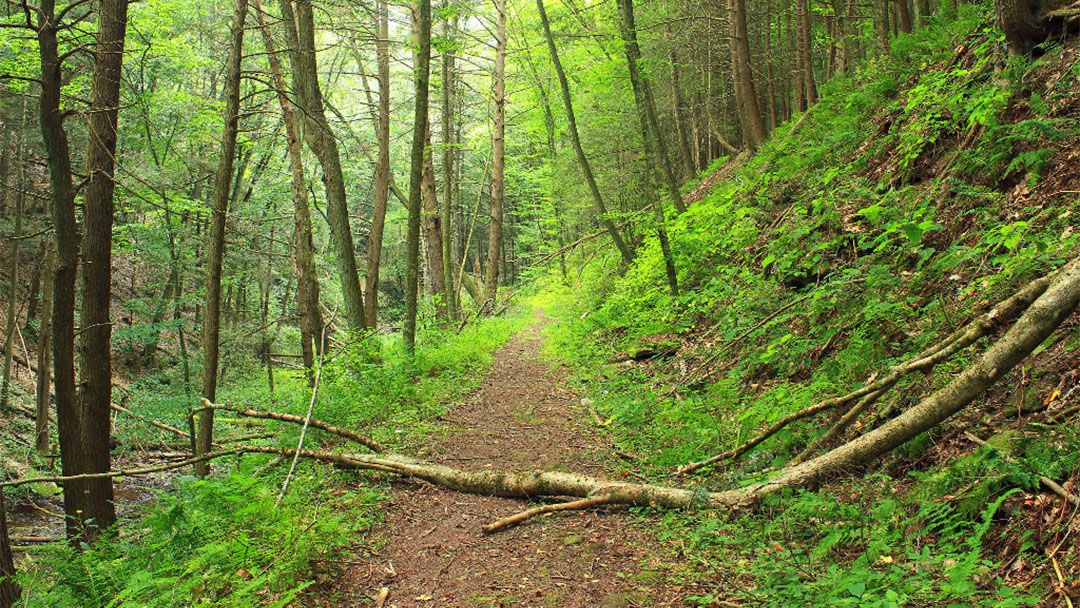
Principle #2 of Leave No Trace emphasizes the importance of minimizing your impact on the environment by sticking to established trails and campsites. By doing so, you can help protect delicate ecosystems, prevent erosion, and reduce the impact of human activity on wildlife. Let’s take a closer look at why it’s important to follow the beaten path and how you can do your part to minimize your impact while enjoying the great outdoors.
Whenever possible, use existing trails and campsites instead of creating new ones. Avoid cutting switchbacks or taking shortcuts, as this can cause erosion and damage to the surrounding environment.
If there are no designated campsites available, camp in open areas on durable surfaces like rock, dirt, snow, or dry grass. Avoid setting up camp on fragile or sensitive areas like meadows, wetlands, or near water sources.
Principle #3 – Don’t be a Litter Bug.

Principle #3 of Leave no Trace reminds us that when in nature, you’re a guest in someone else’s home. That means being respectful and leaving the place just as you found it. This includes packing out all of your trash, including toilet paper.
If you need to wash your dishes, make sure to use biodegradable soap like Sea-to-Summit Wilderness Wash or Dr. Bonner’s Pure Castile liquid soap. And before washing, try to pick your dishes clean to avoid leaving food deposits behind.
When nature calls, make sure to hike at least 200 feet away from camp, trails, and any water source. If you need to do a number two, dig a hole 6-8 inches deep and do your business there. Once you’re done, cover the hole back up and pack it down. And don’t forget to pack out your toilet paper too! Leaving it behind can attract animals and create an unsightly mess.
Tip: If you want to cut down on your pack weight, consider using biodegradable wipes like Sea-to-Summit Wilderness Wipes instead of toilet paper. They’re not just great for wiping but can be used for a variety of purposes.
Principle #4 – Leave it Where You Found it.
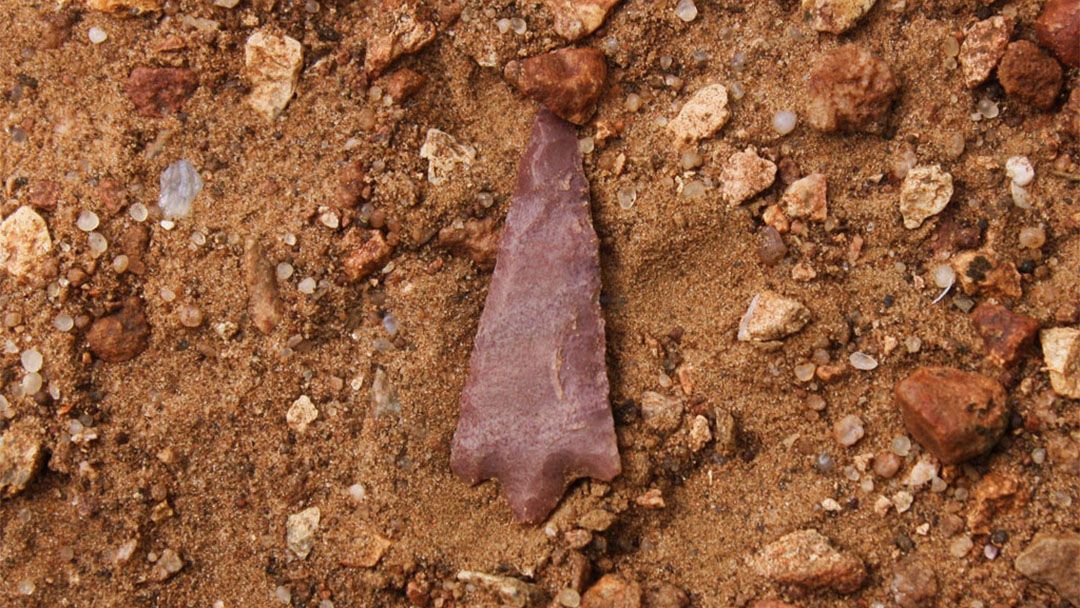
As nature enthusiasts, we must ensure that we leave the environment in its natural state. Principle #4 of LNT reminds us to leave everything as we found it, respecting historical structures and leaving natural habitats untouched. Here’s a more reader-friendly version of the principle:
When exploring nature, remember to leave things as you found them. This means not moving rocks, cutting down trees or bushes, or disturbing any historical objects or structures. Unless it’s an emergency, avoid building shelters or walls with natural materials as it can disrupt the ecosystem. Always remember to treat nature with respect and leave it just as you found it.
Principle #5 – Go Easy on the Campfires.
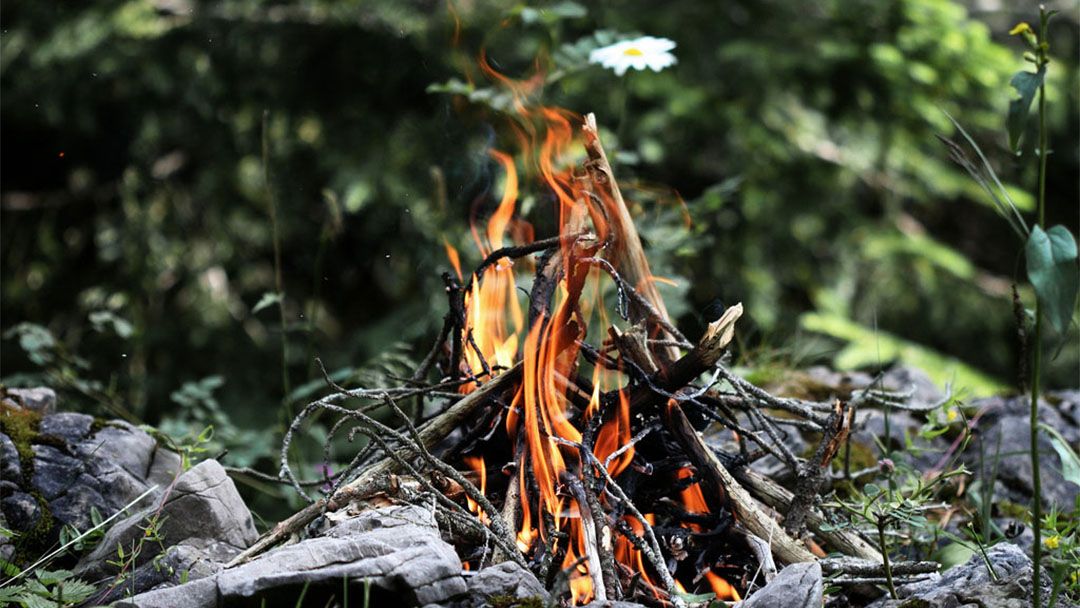
A campfire can be a great way to warm up, cook food, and create a cozy atmosphere, but it can also harm the environment and cause safety hazards if not used responsibly. Principle #5 of LNT offers a few tips to help you minimize your impact when building and using a campfire:
If campfires are allowed in your area, try to use existing fire rings to reduce your impact. Keep the fire small and only use dead wood that you find on the ground. Burn the wood completely until it turns into ash. Once you’re ready to put out the fire, use water to extinguish the flames and stir the ashes and water until the ashes are cool to the touch. Scatter the ashes and cover the remaining ashes with dirt and leaves. Leave no trace of your fire when you’re done.
Principle #6 – Keep Wildlife Wild.
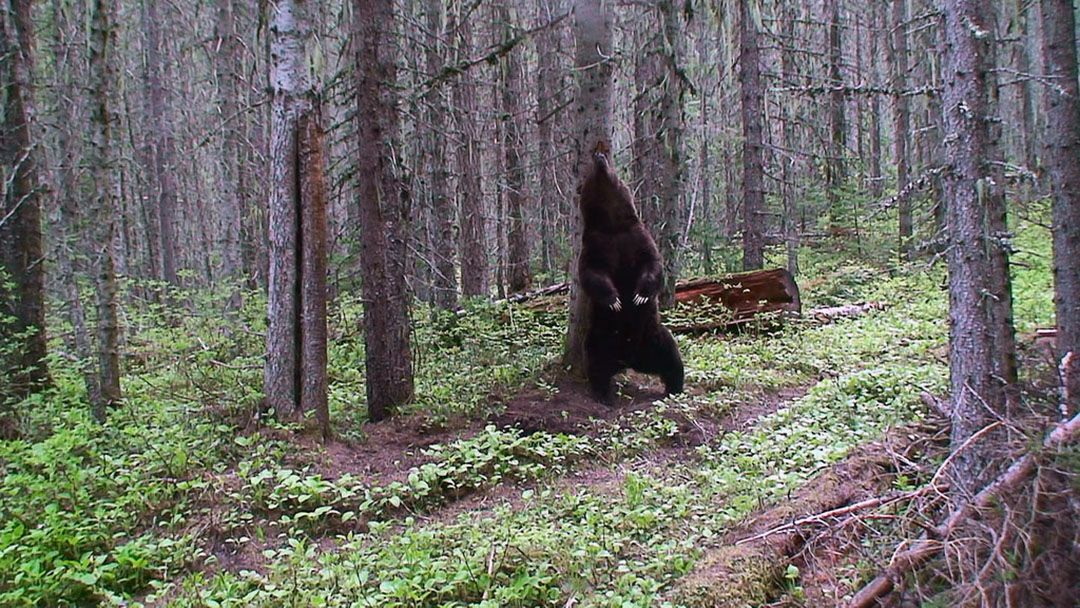
When you’re exploring the great outdoors, it’s important to remember that you’re a guest in the animals’ home. To help protect both you and the wildlife, Principle #6 of Leave No Trace reminds us of a few simple things we can do:
Keep a safe distance from wild animals. It’s best to avoid encounters altogether, so you’ll have to resist the temptation to take selfies with rattlesnakes.
Don’t feed animals or leave food behind. This can create an unhealthy dependence on humans and can be dangerous for both you and the animal. Make sure to use a bear canister or hang a bear bag to keep your food secure when in bear country.
If you’re hiking or camping with your dog, keep them close by and under control. This can help prevent them from chasing after wildlife or getting into dangerous situations.
Principle #7 – You’re (Probably) Not Alone.
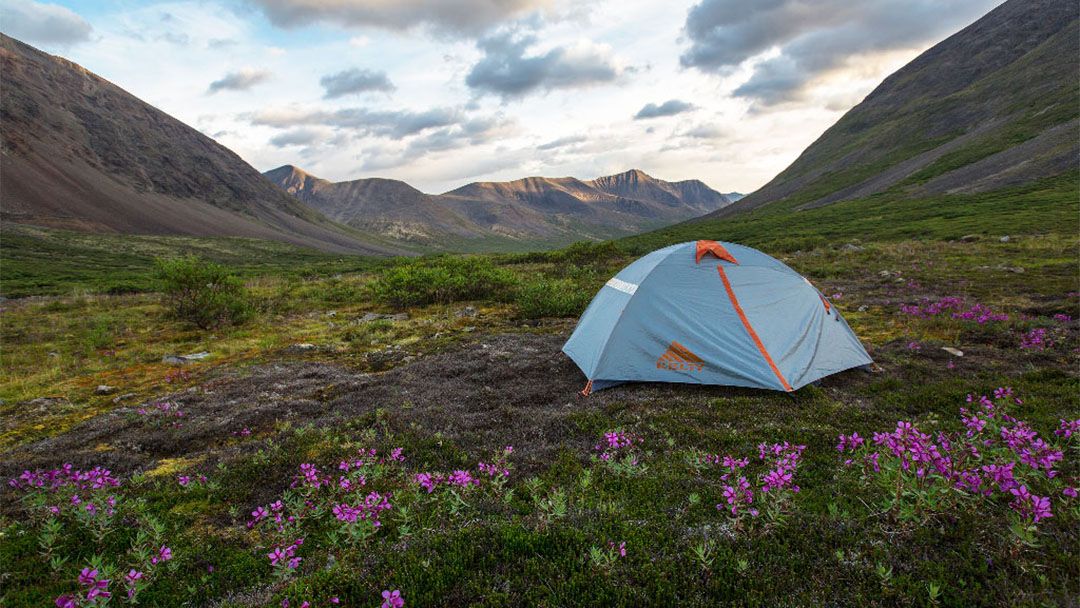
LNT Principle #7 reminds us that we’re not the only ones enjoying the great outdoors. It’s important to be considerate of other hikers, campers, and wildlife to ensure everyone can appreciate nature in their way. Here’s how you can do your part:
Remember that you’re (probably) not alone, so it’s essential to practice simple etiquette rules. If someone is hiking faster than you, step to the side of the trail and let them pass. Be respectful of others’ privacy and set up camp away from other campsites. Keep your voice down, especially in quiet areas or at night, and use headphones if you prefer to listen to music. By being considerate of others, you can help preserve the peaceful and enjoyable nature experience for everyone.
Conclusion
Leave No Trace Principles are a set of ethics taught to the Boy Scouts, touted by environmentalists and naturalists, and practiced by hikers and campers around the World. By adopting them yourself, you not only protect the natural beauty of our wilderness areas but also ensure the safety and enjoyment of future generations.
To explore more about Leave No Trace Principles, I recommend checking out LNT.org or Wristband.com, where you can access a wealth of educational resources and opportunities to expand your knowledge. Let’s work together to preserve the beauty of our natural world for all to enjoy.
Title photo by Craig Stanfill
